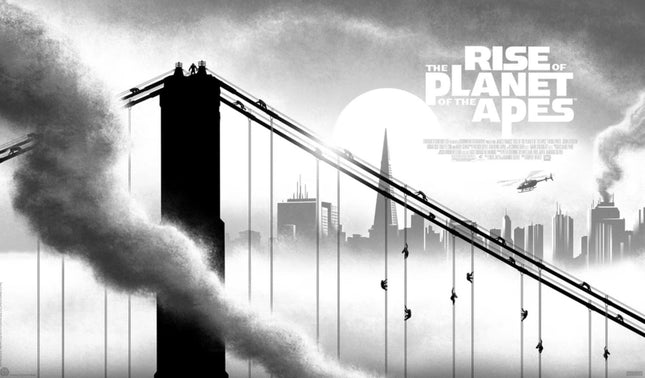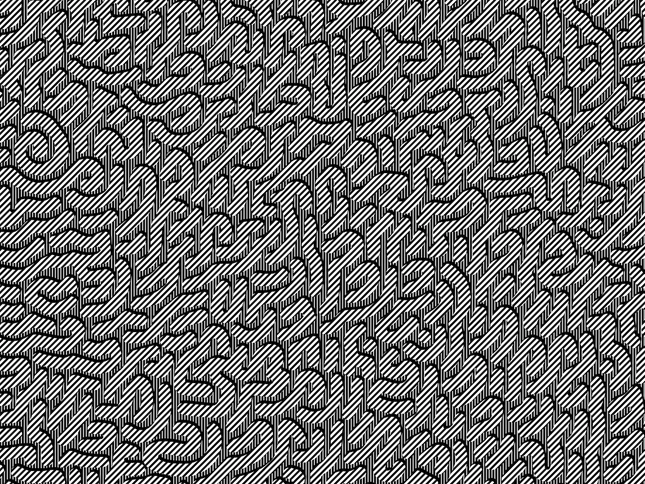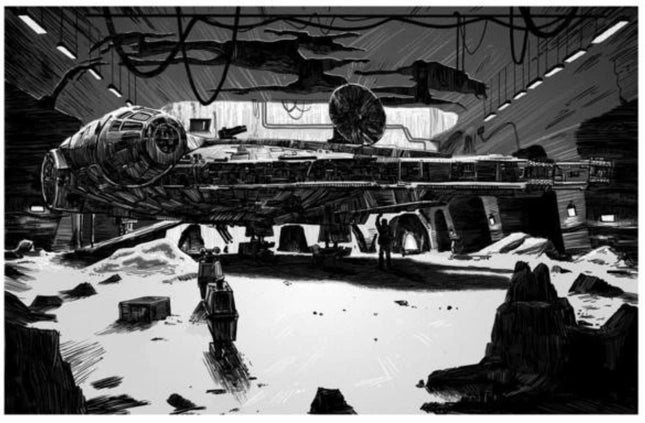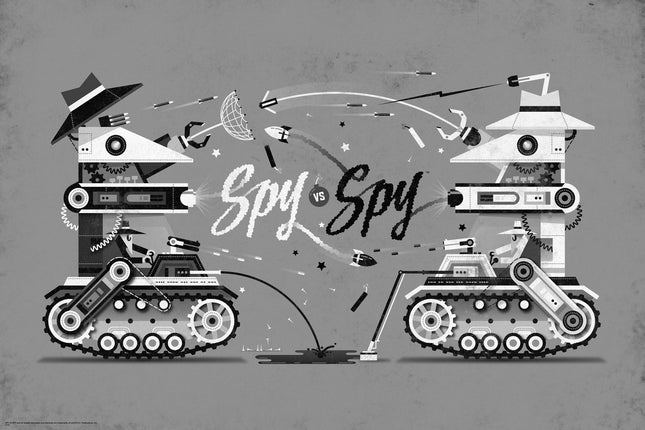
Gray/Grey
-

JC Richard Rise of the Planet of the Apes Silkscreen Print by JC Richard
Rise of the Planet of the Apes Limited Edition 1-Color Hand-Pulled Silkscreen Print on Fine Art Paper by JC Richard Graffiti Street Artist Modern Pop Art. Each measuring 18" x 24", these prints needed 8 screens and 9 colors to capture their vibrancy on the 100# c stock French Pop-Tone Berrylicious paper used and the back view of the character is printed on the reverse side of the print.
$134.00
-

Lefty Out There OP OP OP Silkscreen Print by John Harman x Lefty Out There
OP OP OP Silkscreen Print by John Harman x Lefty Out There Hand-Pulled 1-Color on 100lb Recycled Archival French Black Licorice Construction Paper Limited Edition Pop Street Art Artwork. 2020 Signed & Numbered Limited Edition of 25 Artwork Size 36x24 Silkscreen Print The world of pop and street art saw a unique confluence when John Harman collaborated with Lefty Out There to create the "OP OP OP" silkscreen print in 2020. This exclusive piece encapsulates the vibrant energy of the streets, expressed through the use of a single color scheme, invoking a stark contrast with the 100lb recycled archival French black licorice construction paper it is printed on. The choice of this specific paper is a nod to sustainable practices, balancing the harmony between art and environmental awareness. Harman and Lefty Out There are known for their daring visual language that oscillates between the pop art and street art genres. This print is a reflection of their shared artistic vision, blending minimalistic yet bold impressions in an elusive dance of interpretation. The "OP OP OP" silkscreen print draws the observer into a maze of enigmatic layers, with each viewing experience likely to reveal a fresh perspective. This artwork stands at an imposing 36x24 inches, making it a commanding centerpiece in any collection. The creation process entailed the traditional method of hand-pulling the silkscreen, which further accentuates the artisanal quality of the piece. The physical engagement of this technique lends a tangible rawness to the print, reminding us of the unfiltered emotion and spontaneity associated with street art. This silkscreen print is a limited-edition offering, with only 25 such pieces in existence. Each print is signed and numbered, adding a personal touch from the artists and enhancing the artwork's authenticity and collectibility. For connoisseurs of pop and street art, the "OP OP OP" silkscreen print is more than just a piece of art – it's a snapshot of the cultural zeitgeist of its time, captured through the collaborative vision of two accomplished artists.
$750.00
-

Tim Doyle What A Piece Of Junk 36x24 Metallic Silkscreen Print by Tim Doyle
What A Piece Of Junk- 36x24 Metallic Ink Variant 5-Color Hand-Pulled Limited Edition Silkscreen Print on Fine Art Paper by Time Doyle Rare Street Art Famous Pop Artwork Artist. Tim Doyle "What a Piece of Junk 36x24 Metallic Ink Silver Variant" 5 color hand-printed silkscreen print signed and numbered by the artist 24" x 36" signed as artist
$352.00
-

DKNG Spy vs Spy AP Silkscreen Print by DKNG
Spy vs Spy Limited Edition 2-Color Hand-Pulled Silkscreen Print on Astro Smoked Sea Salt Paper by DKNG Graffiti Street Artist Modern Pop Art. AP Artist Proof of 40. We were inspired by the thousands of inventive standoffs between the Black Spy and the White Spy and created one mega battle between the two, squaring off in their own custom Spybots. The print is a giant, two-color, 36" x 24" screen print on Astro Smoked Sea Salt paper.
$240.00





